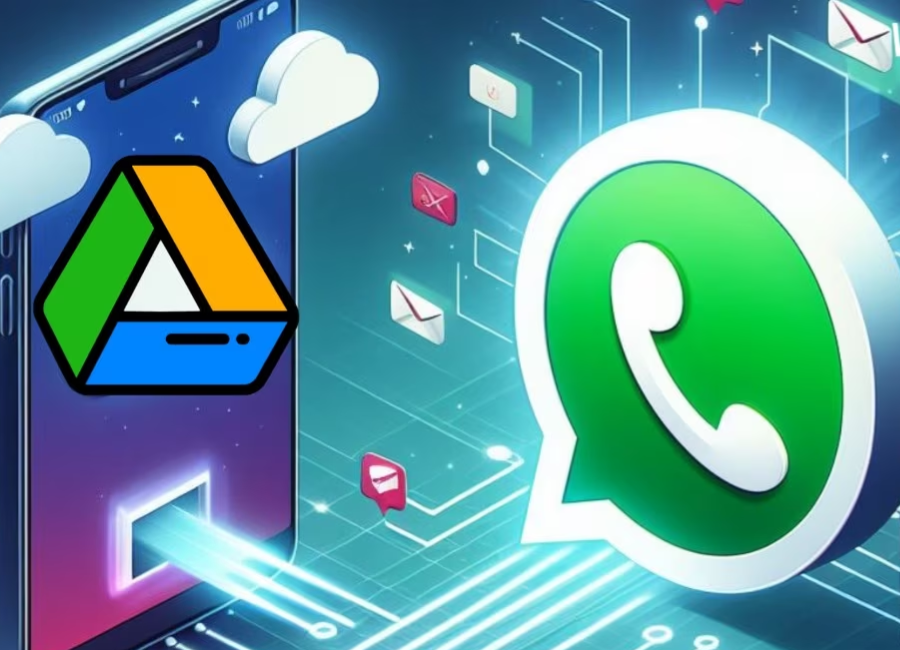WhatsApp, the widely used messaging platform, is discontinuing its practice of offering free Google Drive storage for Android users to store their chat history, images, and videos. This alteration implies that WhatsApp data stored on Google Drive will now contribute to the 15GB storage limit, urging users to explore a paid Google One subscription as an alternative.
Regardless of whether users are on Google’s free or paid cloud storage plan, WhatsApp, owned by Meta, was storing chat backups on Google Drive. This process utilized the storage associated with the Gmail account linked to the user’s WhatsApp, adding to the overall space consumed by backups from Google Photos, Gmail, and other sources on Google Drive.
In late 2023, WhatsApp revised its terms and conditions, indicating that chat backups would start counting towards a user’s Google Drive storage limit in the first half of 2024. This announcement is now taking effect.

In November of the previous year, Google issued a blog post providing a heads-up about the upcoming changes. The post stated, “As an important heads up, WhatsApp backups on Android will soon start counting toward your Google Account cloud storage limit, similar to how WhatsApp backups are handled on other mobile platforms. This change will first start rolling out to WhatsApp Beta users starting in December 2023, then gradually to all WhatsApp users on Android starting early next year.”
For users who wish to avoid consuming their entire Google Drive storage with chat backups and choose not to opt for a premium Google One plan, an alternative is available. Users can refrain from backing up WhatsApp chats to the cloud service and, instead, consider using the built-in WhatsApp Chat Transfer tool when transitioning to a new Android phone.
It’s worth noting that recently, WhatsApp introduced the ability for users to share their screens during video calls. This new feature provides a valuable addition to the platform, allowing users to share their screens while engaging in video calls. The official WhatsApp channel announced the availability of this feature on Friday, January 26, offering users a more versatile communication experience.






